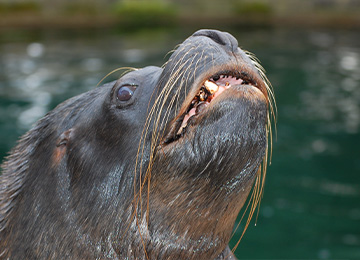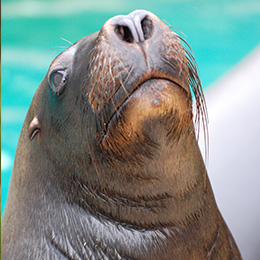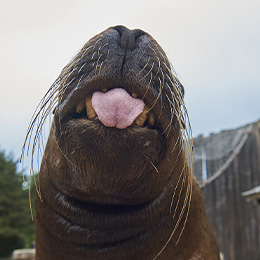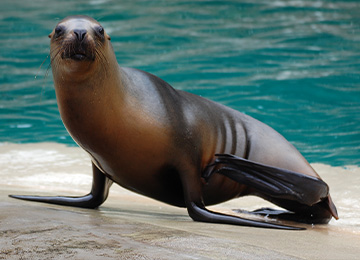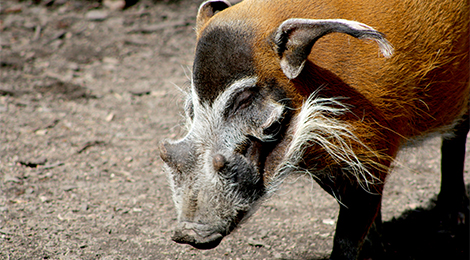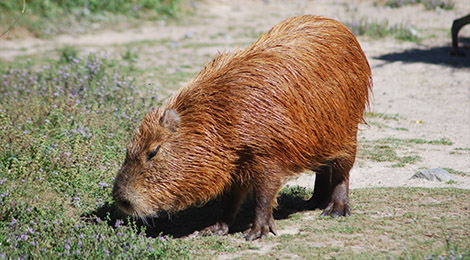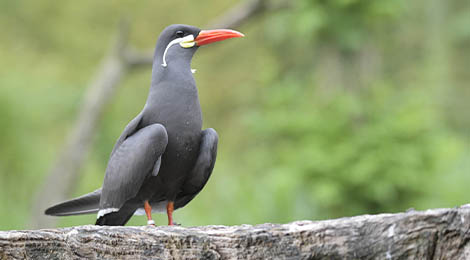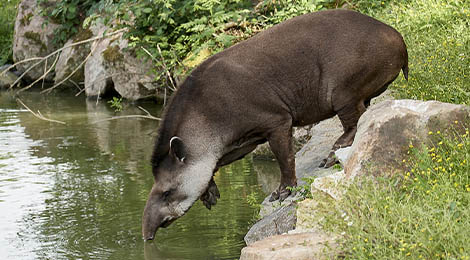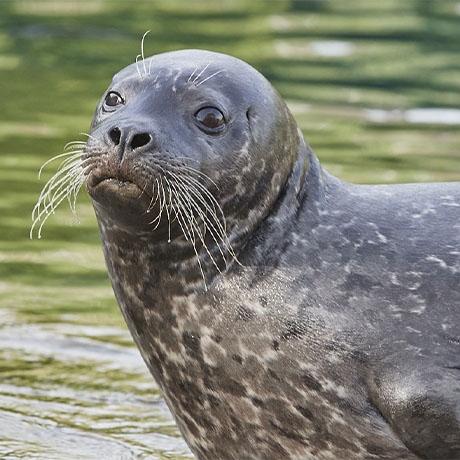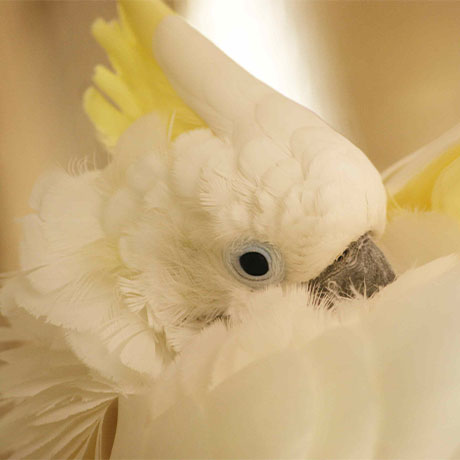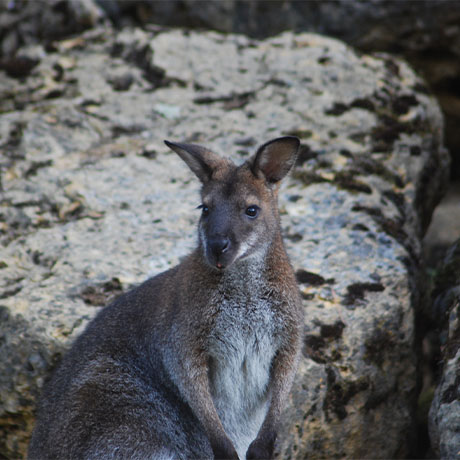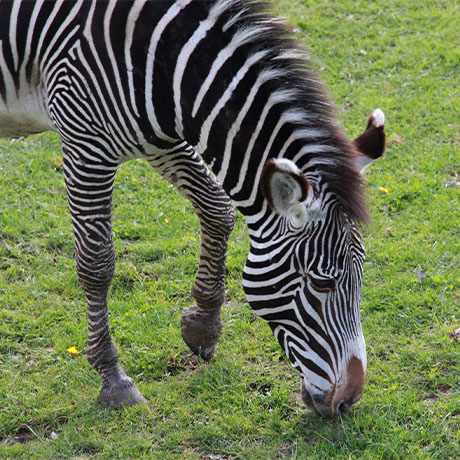The most feline sea lion
The South American sea lion has the most feline features of all sea lions, with striking sexual dimorphism (males can be three times bigger than females). The adult male is covered in dark to light brown fur, with a very thick golden mane. The colouring found in females can also vary from dark to reddish-brown and sometimes grey.
South American sea lions are found in the coastal regions from southern Brazil to Peru.
Their characteristic breeding behaviour is for the males to arrive first on the beaches and fight over territory. During the two-month reproduction period, they remain on the beach and can lose up to 200 kg. The females then show up, having gorged themselves on food ahead of the fasting period that corresponds to the whelping and mating that take place soon after their arrival. They are aggressive towards one another and do not tolerate the presence of other offspring. Indeed, the juveniles quickly form groups known as nurseries and are not reluctant to stray from their mothers.
The reproductive behavior of Patagonian sea lions is characteristic. The males arrive first on the beaches and fight for their territories. During the 2 months that they reproduce and stay on the beach, they lose up to 200 kg. Next come the female sea lions who, before settling in, force-feed themselves on food to compensate for the days of fasting caused by the birth and mating which will take place shortly after. Females are aggressive among themselves because they cannot stand the presence of other young. Very quickly, moreover, these young people will form groups called nurseries, willingly moving away from their mother.
Find our incredible group of Patagonian sea lions, every day of the park in the animal presentation Le Ballet des otaries. Learn more about this so intelligent species, they will show you their way of communicating with each other, their organization ... And meet Henry, a male sea lion that you can sponsor with the Le PAL Nature Foundation. You will be able to follow all of his adventures for a whole year!
-
HabitatStony beaches at foot of cliffs.
-
Food
Crustaceans, molluscs and fish.

When pups (the name given to baby sea lions) are born they are unable to swim. Their flippers are too fragile to enable them to haul themselves out of the rough Atlantic waters, but by the age of one month they become excellent swimmers like the adults.
A zoological reserve populated by Asian elephants, giraffes, lions, tigers, hippos, chimpanzees, gibbons, wolves, ostriches ... Animals evolving in their reconstituted natural environment, to discover as a family.
All animals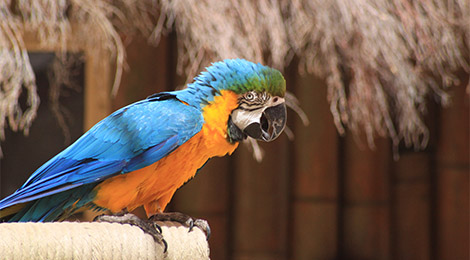
-
![]() Blue and yellow macaw Discover animal
Blue and yellow macaw Discover animal -
![]() Potamochoerus Discover animal
Potamochoerus Discover animal -
![]() Capybara Discover animal
Capybara Discover animal -
![]() Inca tern Discover animal
Inca tern Discover animal -
![]() Tapir Discover animal
Tapir Discover animal -
![Gros plan sur la tête d'un phoque veau marin au parc animalier Le PAL]() Harbour seal Discover animal
Harbour seal Discover animal -
![Gros plan sur un Cacatoès à huppe jaune au parc animalier Le PAL en Auvergne]() Sulphur-crested cockatoo Discover animal
Sulphur-crested cockatoo Discover animal -
![Wallaby de Bennett au par Le PAL dans l'Allier]() Bennett's wallaby Discover animal
Bennett's wallaby Discover animal -
![Gros plan sur un zébre de Grévy qui broute de l'herbe]() Zebra of Grevy Discover animal
Zebra of Grevy Discover animal



